Shangri-La is a mythical and fictional place often associated with an idyllic and utopian paradise, typically located in a remote and inaccessible region of the Himalayas. The concept of Shangri-La was popularized by James Hilton's 1933 novel "Lost Horizon," which depicted it as a hidden valley where people lived in harmony with nature, enjoying a life of peace and tranquility.
Today, the term "Shangri-La" is often used more generally to describe any idyllic or perfect place, whether real or imaginary. It may refer to a location with stunning natural beauty, a place where people live in harmony with each other and their environment, or a destination that promises escape from the stresses and complexities of modern life.
In essence, Shangri-La represents a vision of an ideal world, free from the troubles and conflicts of our current reality, and filled with the beauty, serenity, and joy that we all seek.
These are some AI arts that were generated to Imagine the Shangri La.
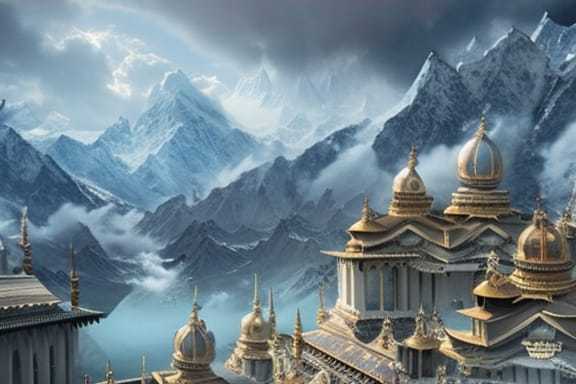
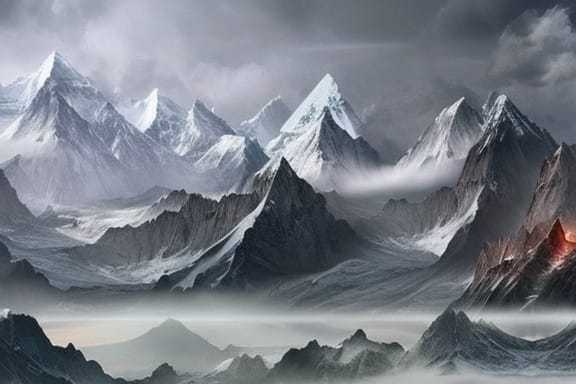
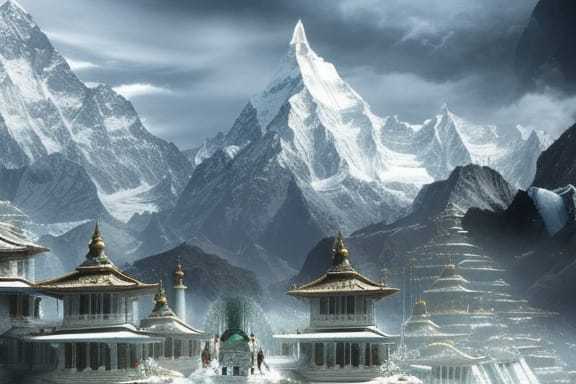
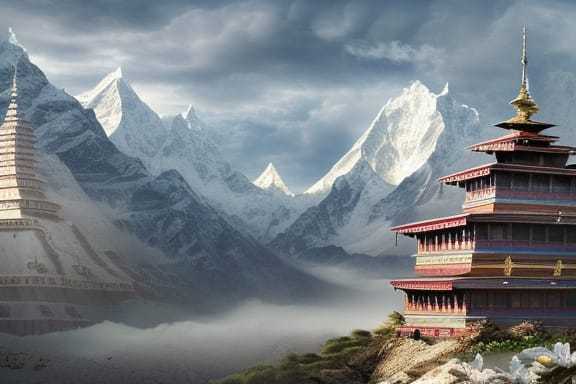
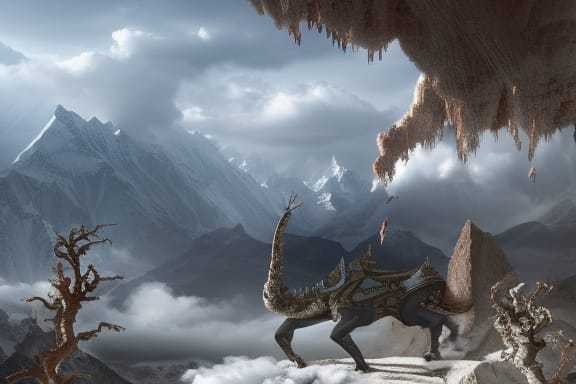
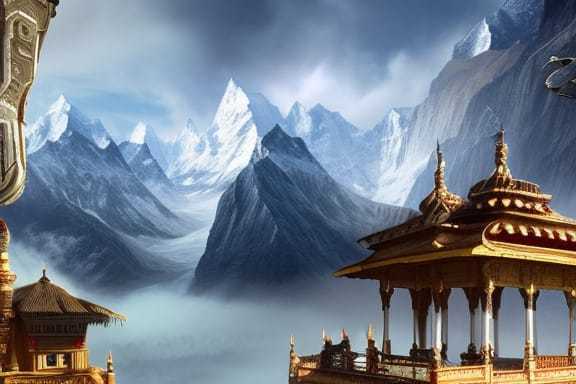
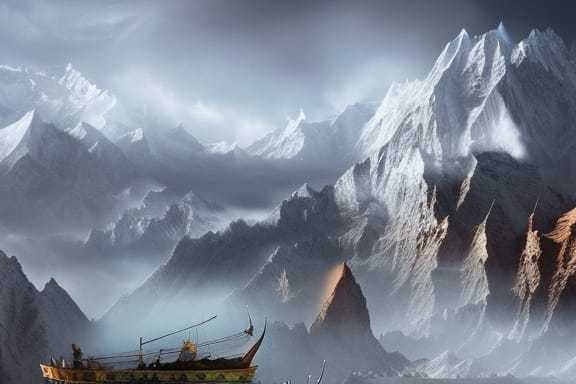
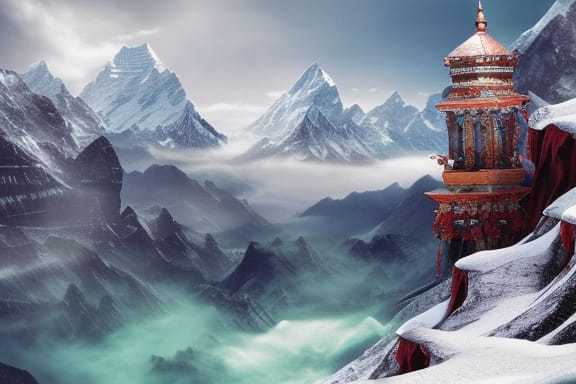
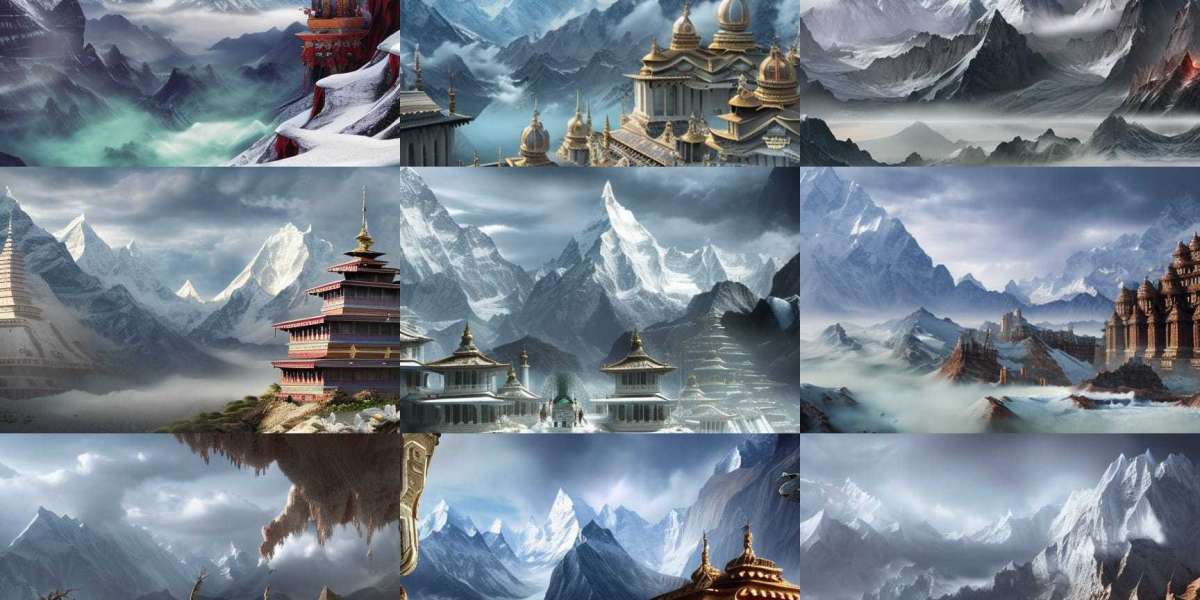
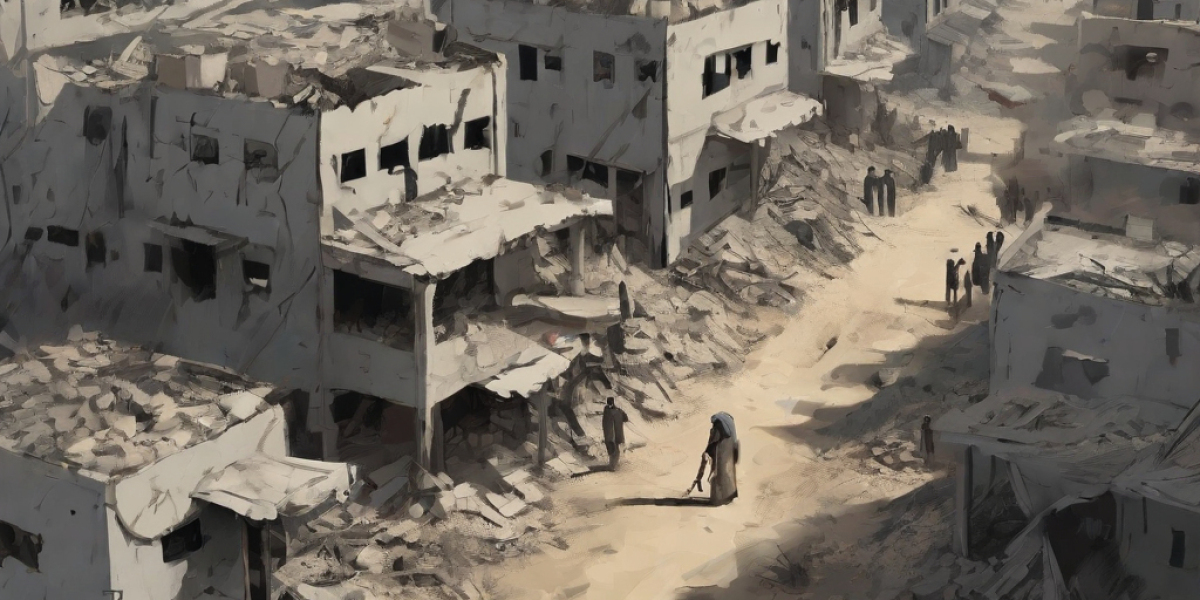

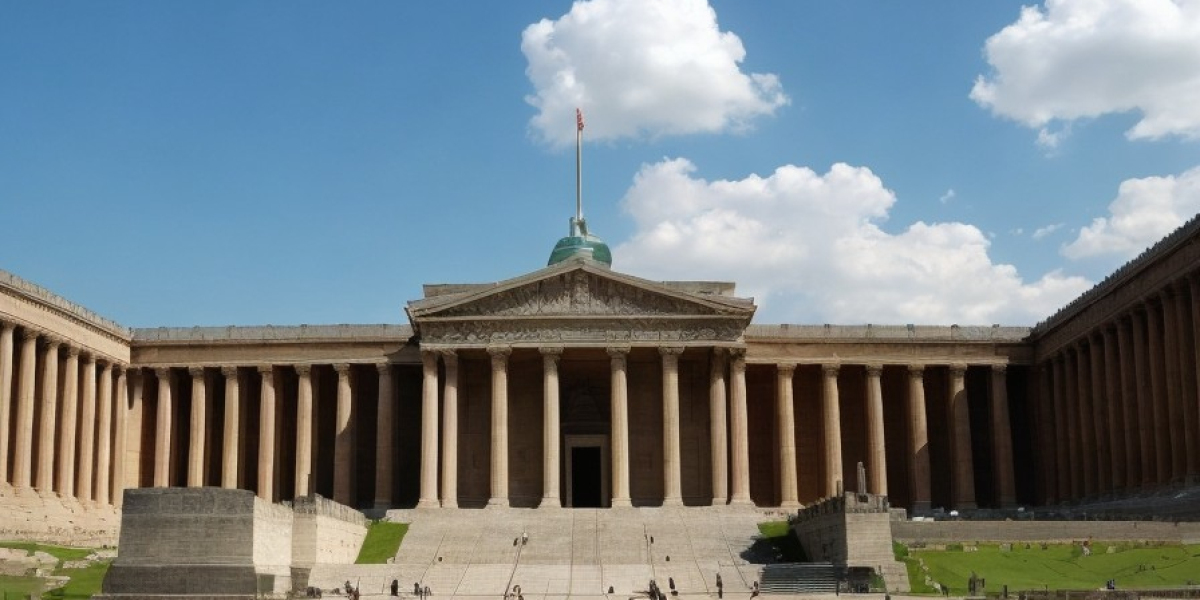




Naveed Iqbal 1 y
just wonderful. amazing.